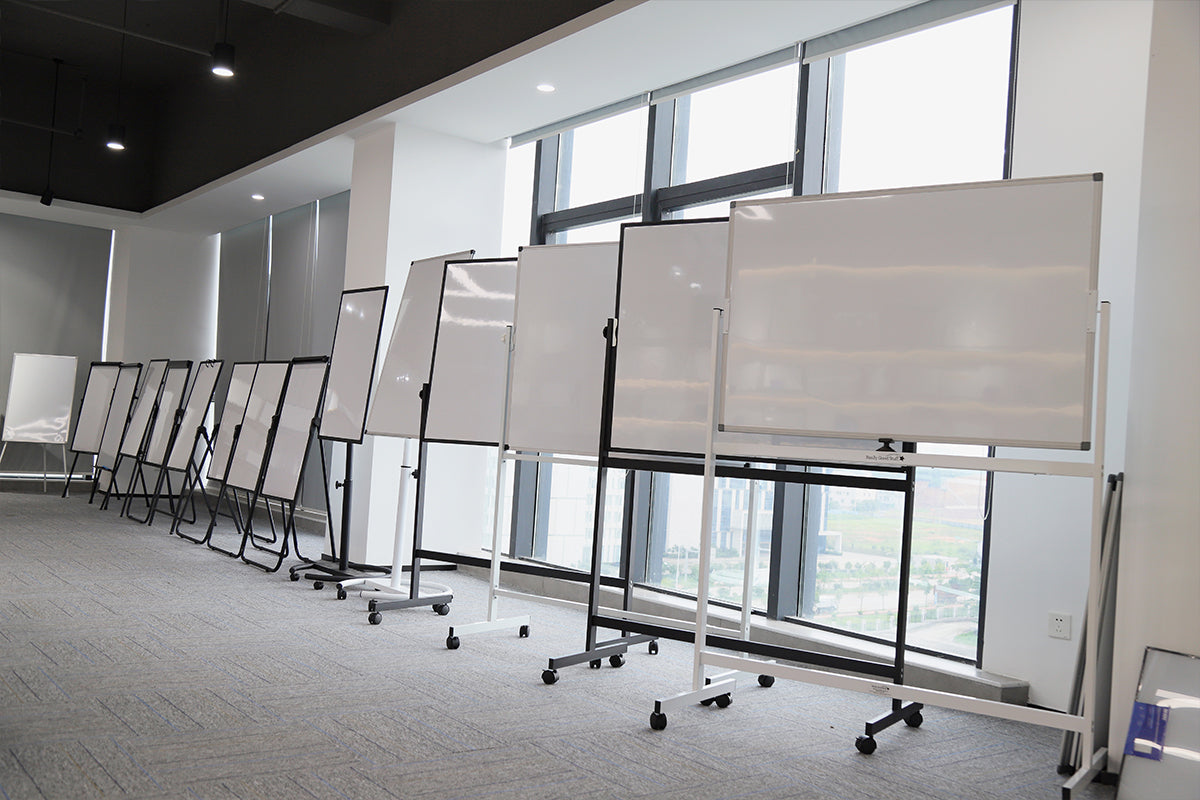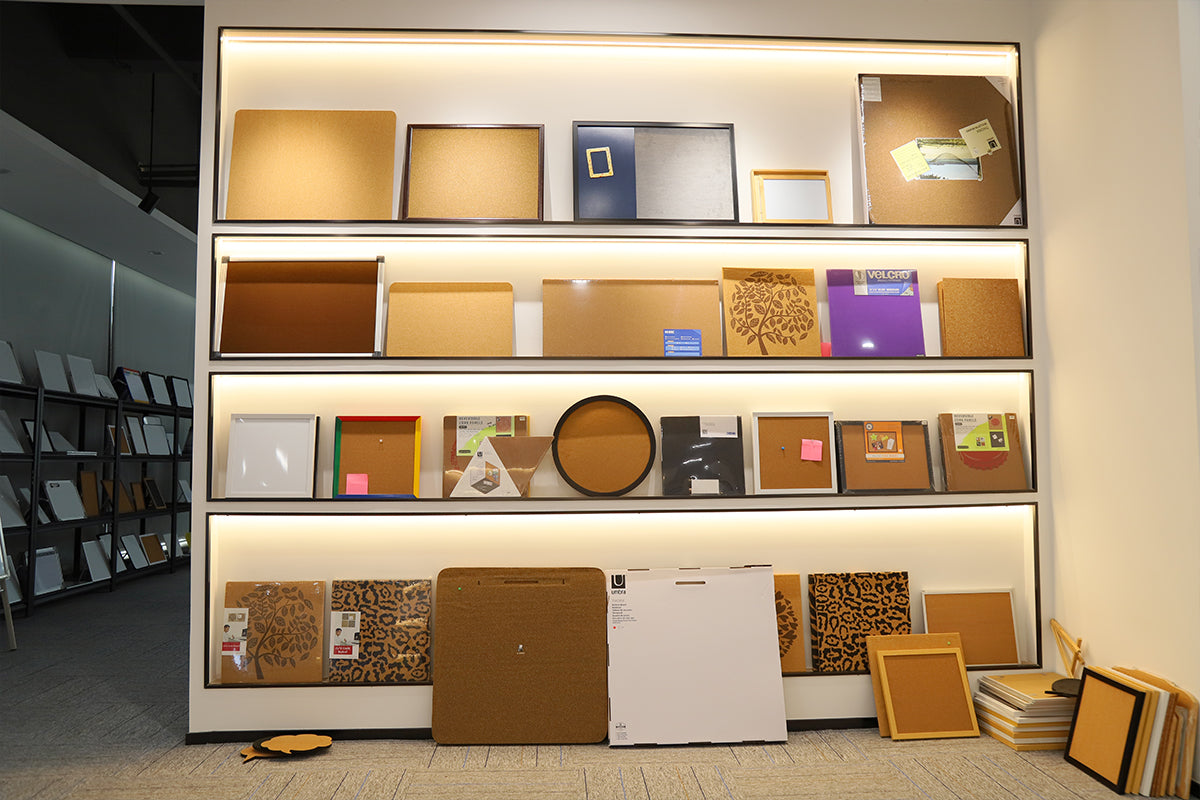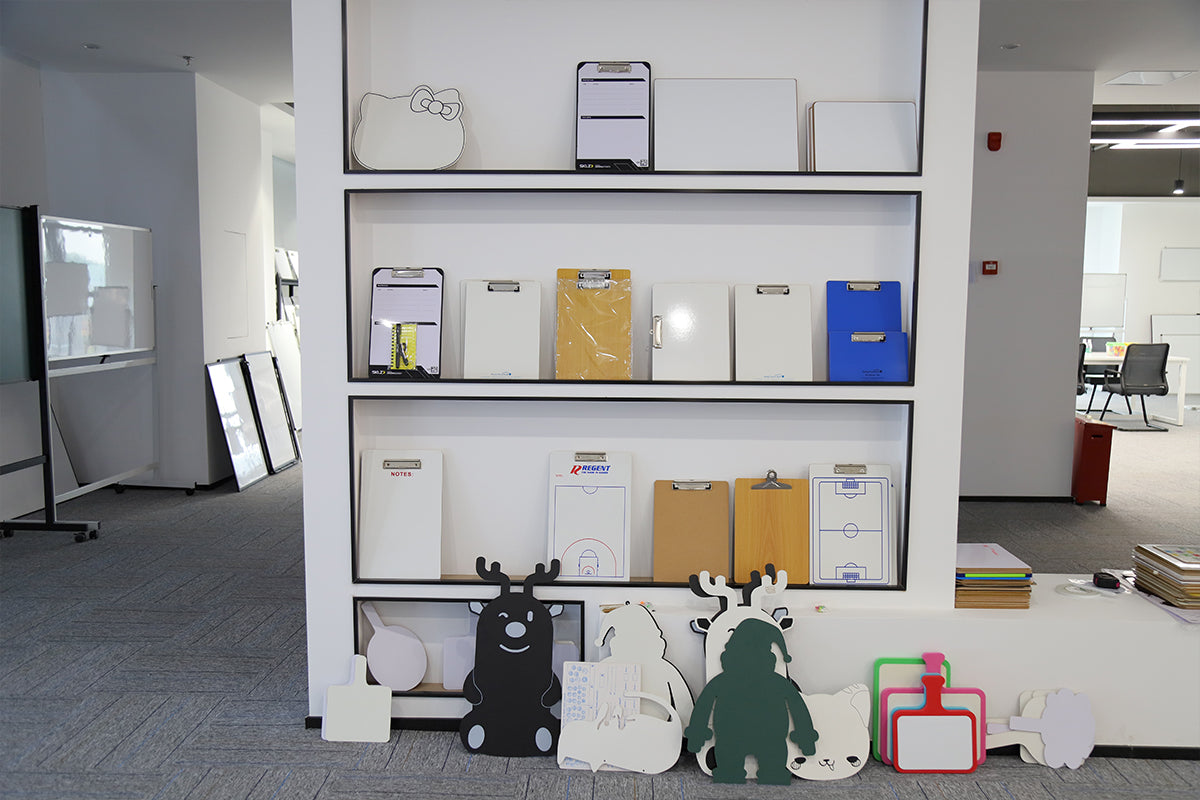How to Choose a Good Small Dry Erase Lapboard?
Share
The term "dry erase lapboard" refers to a small, portable whiteboard that can be used on one's lap. It is commonly used for writing, drawing, and taking notes in various settings such as classrooms, meetings, or for personal use. These lapboards are designed to be lightweight and easy to carry, making them convenient for on-the-go use. They are typically used with dry erase markers and can be easily wiped clean for reuse.

Choosing a good dry erase lapboard involves considering the following aspects:
1. Surface material: Dry erase boards typically come in three surface materials: polyester film, polyethylene, and ceramic. Ceramic surfaces offer the highest durability but also come with a higher price tag. Polyester film surfaces are more affordable but have a shorter lifespan. Polyethylene surfaces are moderately priced and have a longer lifespan.
2. Size and shape: The size and shape of the dry erase board should be determined based on actual needs. Generally, larger boards provide better writing and display effects. Shapes can include square, circular, or other special shapes, depending on the usage scenario and personal preference.
3. Quality and durability: When choosing a dry erase board, it's important to consider quality and durability. A good dry erase board should have a smooth surface, provide smooth writing, be easy to wipe clean, and be resistant to scratching, warping, or discoloration.
4. Additional features: Some dry erase boards may offer additional features such as magnetic surfaces, wall-mounting capabilities, or foldable designs. You can choose whether these features are necessary based on personal needs.
5. Brand and after-sales service: Opting for a reputable brand of dry erase board typically ensures better quality and after-sales service. You can check user reviews and professional evaluations to gauge a product's quality and reputation.
In summary, choosing a good dry erase board involves a comprehensive consideration of factors such as material, size, quality, additional features, and brand, in order to find the most suitable product.










